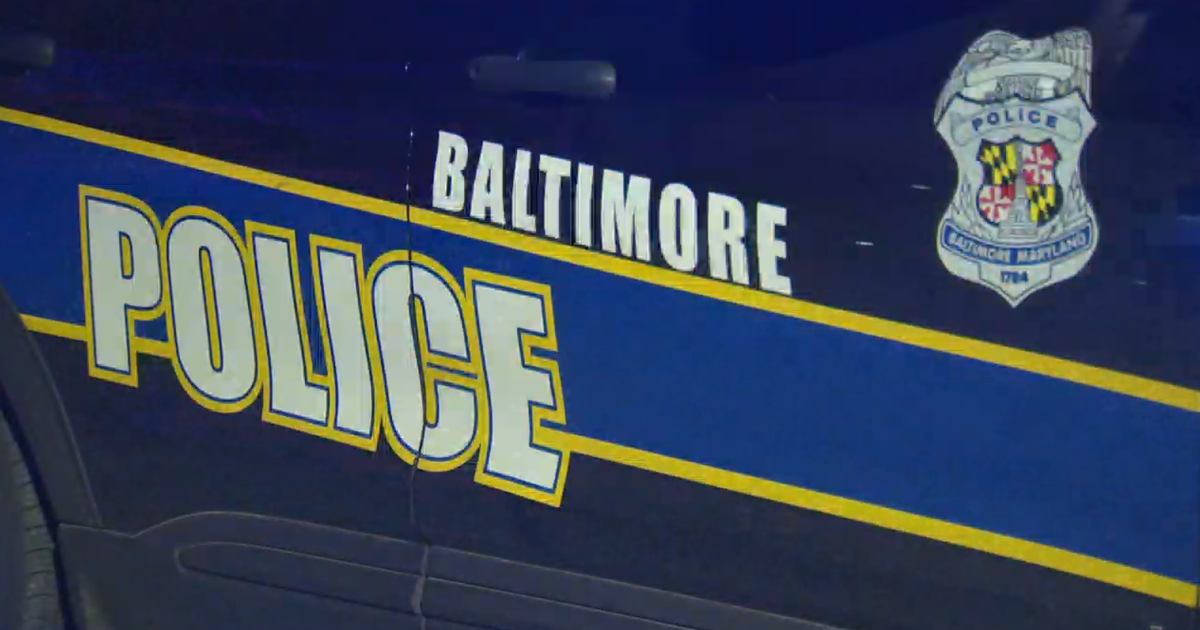
A Baltimore police officer shot an unleashed dog on Friday morning, while responding to reports of an attack, according to city police.
At 10:08 a.m., the officer was dispatched to the 3000 block of Wylie Avenue after receiving reports of a dog biting incident.
When the officer arrived, the victim of the attack stated that a loose dog bit her, and while the officer was gathering information, three dogs returned.
The officer tried to secure the dogs inside a yard by closing a gate, but one of them charged, biting him twice.
The officer then shot the dog, killing it.
Animal control was called to the scene of the incident and secured the two other dogs.
The victim, as well as the officer, were both treated for non-life-threatening dog bites by medical personell.
Baltimore dog laws
In Baltimore, it is required for all animals to be kept confined in a secure enclosure or on a leash.
According to the Baltimore City Health Department’s Acceptable Standards for Proper Restraint of Animals, dogs and cats may only participate in off-leash activities approved by the Health Commissioner or be in an area and during the hours approved by the Director of Recreation and Parks for off-leash recreation.
Dogs may only be off-leash in fenced-in areas.
No owner may keep their pet if it becomes a public nuisance or disturbs the health, safety, or welfare of any person, per the Health Department.
What defines an animal as a public nuisance?
According to the City of Baltimore, a public nuisance animal is any animal that:
is found at large
damages the property of anyone other than its owner or custodian
urinates or defecates on public property
molests pedestrians or passerbys
chases vehicles
excessively make disturbing noises that unreasonably cause annoyance, disturbance, or discomfort to neighbors or others in close proximity to the premises where the animal is kept
fouls the air by odor so as to unreasonably cause annoyance or discomfort to neighbors or others in close proximity to the premises where the animal is kept
causes unsanitary conditions in enclosures or surroundings where the animal is kept;
by virtue of the number or types of animals maintained, is offensive or dangerous to the pubic health, safety, or welfare;
attacks other animals; or
has been found by the Commissioner to be a public nuisance animal by virtue of being offensive or a danger to the public health, safety, or welfare.
Any of these offenses may subject the owner to an investigation by an Animal Control officer, which may lead to fines or animal impoundment.